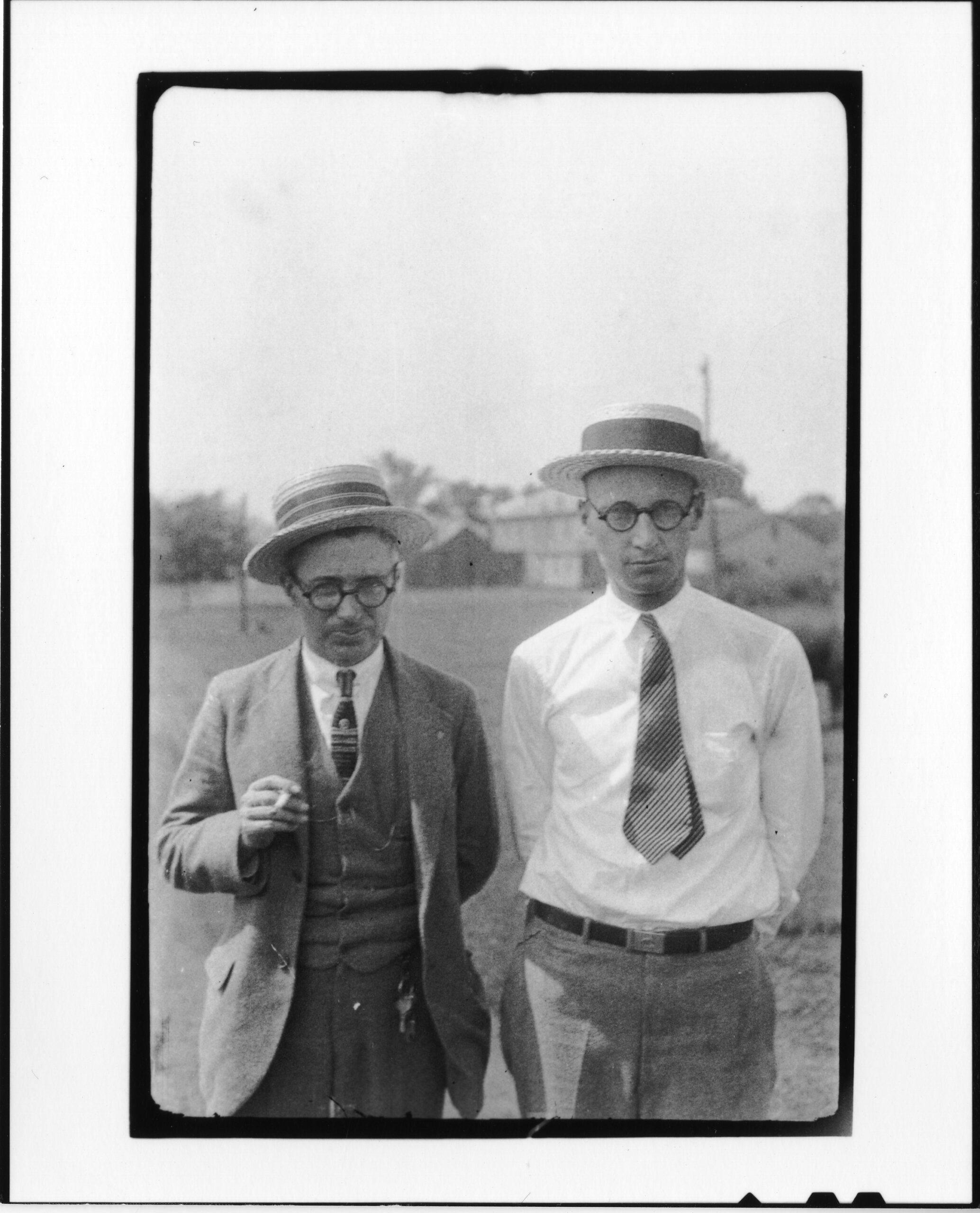The 1920s, often referred to as the “Roaring Twenties,” was a decade of transformation and progress. This era was marked by significant social, cultural, and political changes that shaped the modern world. From jazz music to women’s rights, the 1920s was a time of innovation and upheaval. Let’s delve into ten pivotal events that defined this fascinating decade.
The Jazz Age Takes Center Stage
The Roaring Twenties witnessed the birth of the Jazz Age, a period where jazz music became a defining element of the cultural landscape. Originating from African American communities in New Orleans, jazz quickly spread across the United States and beyond. With its lively rhythms and improvisational style, jazz music captured the spirit of the era. Icons like Louis Armstrong and Duke Ellington became household names, performing in nightclubs and speakeasies. Jazz was more than just music; it was a movement that symbolized freedom and rebellion against traditional norms.
Prohibition: A Nation Goes Dry
In 1920, the 18th Amendment to the U.S. Constitution came into effect, ushering in Prohibition. This law banned the sale, production, and transportation of alcoholic beverages. While intended to curb alcohol consumption, Prohibition led to the rise of bootlegging and speakeasies. Organized crime syndicates thrived, with figures like Al Capone becoming infamous. Despite its intentions, Prohibition proved difficult to enforce and was eventually repealed in 1933 with the 21st Amendment. This period highlighted the complexities of legislating morality and the unintended consequences of such efforts.
The Women’s Suffrage Movement Triumphs
The 1920s marked a significant victory for women’s rights with the ratification of the 19th Amendment in 1920, granting American women the right to vote. This monumental achievement was the result of decades of activism and advocacy by suffragettes. Women like Susan B. Anthony and Elizabeth Cady Stanton paved the way for future generations. The newfound political power of women began to reshape the political landscape, leading to increased involvement in public life. This era also saw the emergence of the “flapper,” a symbol of women’s liberation and independence.
The Harlem Renaissance: A Cultural Awakening
The Harlem Renaissance was a cultural and artistic explosion centered in the Harlem neighborhood of New York City. This movement celebrated African American culture, literature, and art. Writers like Langston Hughes and Zora Neale Hurston gained prominence, while artists like Aaron Douglas created powerful visual works. The Harlem Renaissance challenged racial stereotypes and promoted racial pride. It was a time when African American voices were finally being heard on a national stage, contributing significantly to the broader cultural fabric of America.
The Scopes Trial: Science vs. Religion

In 1925, the Scopes Trial, also known as the “Monkey Trial,” became a national sensation. John T. Scopes, a high school teacher in Tennessee, was accused of violating state law by teaching evolution in his classroom. The trial pitted science against religion and sparked a nationwide debate about education and academic freedom. Prominent figures like Clarence Darrow and William Jennings Bryan were involved in the trial, which was widely covered in the media. While Scopes was found guilty, the trial highlighted the tension between modern science and traditional religious beliefs.
Technological Advancements: The Age of Innovation
The 1920s was a decade of remarkable technological advancements that transformed everyday life. The widespread adoption of the automobile, thanks to Henry Ford’s assembly line, revolutionized transportation. Radios became a staple in households, connecting people to news, music, and entertainment. The decade also saw the rise of the film industry, with Hollywood becoming the epicenter of movie production. Inventions like the vacuum cleaner and refrigerator made domestic life more convenient. These innovations laid the foundation for the modern conveniences we enjoy today.
The Stock Market Boom and Bust
The 1920s was a time of economic prosperity, often referred to as the “Roaring Economy.” The stock market experienced unprecedented growth, with many Americans investing in stocks. However, this boom was unsustainable, and in 1929, the stock market crashed, leading to the Great Depression. The crash exposed the vulnerabilities in the financial system and had devastating effects on the global economy. This event marked the end of the carefree optimism of the 1920s and ushered in a decade of economic hardship.
Fashion Revolution: The Rise of the Flapper
The 1920s saw a dramatic shift in fashion, with the rise of the “flapper” style. Flappers were young women who embraced new fashion trends, characterized by short skirts, bobbed hair, and bold makeup. This style represented a break from traditional femininity and a move towards independence and self-expression. Flappers frequented jazz clubs and speakeasies, embodying the spirit of the era. Their daring fashion choices challenged societal norms and paved the way for future generations of women seeking freedom and equality.
Charles Lindbergh’s Historic Flight
In 1927, Charles Lindbergh made history with his solo nonstop flight across the Atlantic Ocean. Flying from New York to Paris in the Spirit of St. Louis, Lindbergh’s journey captured the world’s imagination. His accomplishment demonstrated the potential of aviation and marked a significant milestone in the history of flight. Lindbergh became an international hero, and his flight inspired further advancements in aviation technology. This event symbolized the spirit of exploration and innovation that defined the Roaring Twenties.
Radio: The New Voice of the Nation
The emergence of radio as a mass communication medium revolutionized the way people received information and entertainment. By the end of the 1920s, millions of Americans owned radios, tuning in to listen to news broadcasts, music, and radio dramas. Radio brought people together, creating a shared national experience and connecting communities across the country. It also gave rise to new forms of entertainment, such as the radio talk show and the soap opera. The radio’s impact on society was profound, shaping public opinion and influencing popular culture.
The Roaring Twenties was a decade of dynamic change and cultural revolution. Each of these events played a crucial role in defining the era, leaving a lasting legacy that continues to influence our world today.


